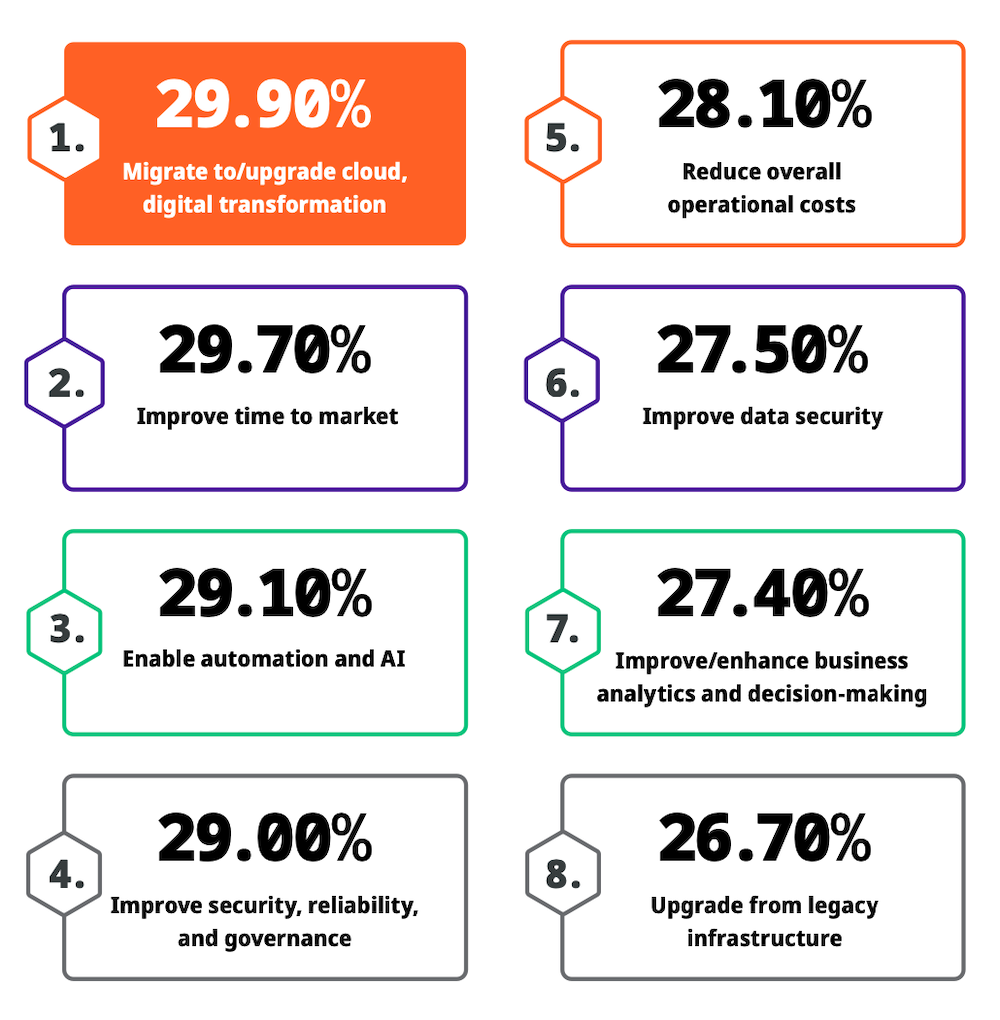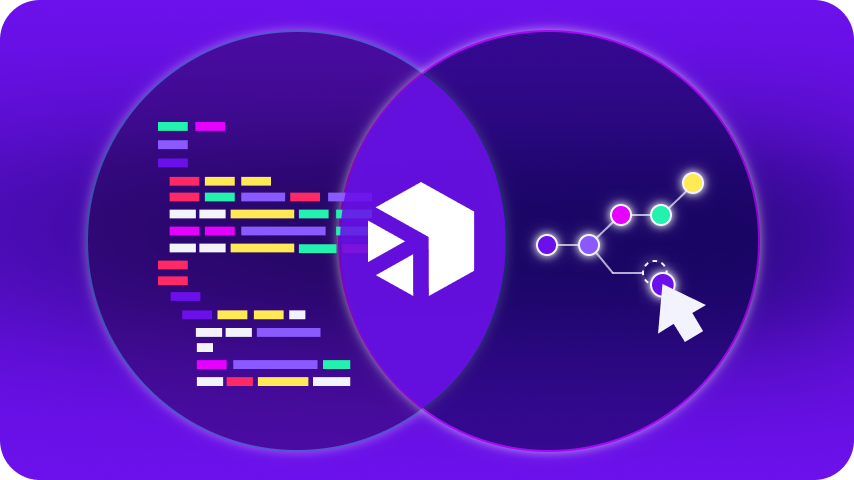October 10, 2022
The success of any IT project that involves the migration from established, foundational technology to contemporary, cloud-based technology, is often determined by how well you integrate the old with the new.

Case in point is the impending SAP S/4HANA migration, which for many organizations will be the largest IT project they’ve undertaken in years (if not decades). This mammoth task requires enterprise integrations across multiple systems and data stores in support of a more agile, resilient, and competitive business.
Along with a solid project integration strategy to support your SAP S/4HANA migration, success is also defined based on the time and resources consumed, as well as any downtime to the business. But even with the best project strategy, achieving your desired outcomes is difficult (if not impossible) if your internal stakeholders are not aligned on the objectives of the project.
For example, your CIO may expect that your impending SAP S/4HANA migration will immediately improve data security, whereas your CFO may expect an overall reduction in operational costs. Perhaps your Sales leader expects a faster time to market for new offerings, while your IT team is aiming for business process optimization and improved system reliability.
While each of these objectives is achievable, delivering all of them on day one is not. Aligning the priorities and expectations of internal teams is a critical factor in the success of your SAP S/4HANA migration strategy.
A Meeting of the Minds
An international study about SAP S/4HANA transformation by LeanIX bears this out, with 66% of SAP users describing the alignment of teams (business, project, IT) as the biggest hurdle they face in migrating to SAP S/4HANA.
| 66% SAP users that identify alignment of teams as the biggest hurdle for SAP S/4HANA migration |
This lack of alignment impacts all aspects of your migration strategy, including enterprise integration and how internal teams prioritize these critical connections.
The Digibee Enterprise Integration Report sums up an in-depth survey we conducted of business and technology leaders. For the report, we solicited input from respondents who had already implemented an enterprise-level integration initiative of a scale similar to the S/4HANA migration. We asked these leaders to identify three aspects of the project most likely to impact budget and spend.
Everything is a priority
Top of the list was competing priorities, clearly reflecting a lack of alignment in how these important connections are ranked by internal teams:

*This blog post, originally published in October 2022, was updated above to reflect data from the 2023 State of Enterprise Integration Report published in April, 2023.
While the variety of desired use cases reflects the broad scope of enterprise integration in supporting your S/4HANA migration, lack of clarity in prioritizing the work results in conflict amongst stakeholders, delaying implementation and increasing costs as everyone marches to the beat of their own drummer.
System downtime and resourcing were the other aspects leadership called out as most impactful to project budget and spend.
3 Steps to Plan (and Align) for Success
These steps will guide you in creating an effective integration strategy that will help drive alignment amongst your internal teams, while ensuring the success of your S/4HANA migration strategy.
- Organize your integration strategy in stages. Focus on a single objective as an initial stage, socializing the strategy with stakeholder groups before any work occurs. This serves as a dry run and an initial exercise in project prioritization for internal teams. Implement additional objectives in subsequent stages, increasing workloads as the IT and project teams gain momentum.
- Build a cost-effective integration strategy. While business and technology leaders have valid concerns around budget, time, and people, with enterprise iPaaS technology, you can easily leverage in-house resources and other efficiencies to ensure your integration strategy delivers results in record time and on budget.
- Include the medium- and longer-term benefits of enterprise integration in your migration business case. While a successful integration strategy is imperative to your SAP S/4HANA migration, eiPaaS technology delivers continuous, ongoing value and innovation to your business:
Digibee Supports Business Process Optimization
Digibee works with organizations globally, supporting SAP S/4HANA migrations with flexible and fast integration strategies.
With our low code integration model, Digibee customers implement integrations 40% faster, decreasing operating costs with fewer incidents, faster recovery times, and zero downtime. These efficiencies help free up resources to focus on the higher priority S/4HANA migration work.
Visit our SAP S/4HANA integration page to learn more or request a demo with our team to discuss your upcoming migration plan.













